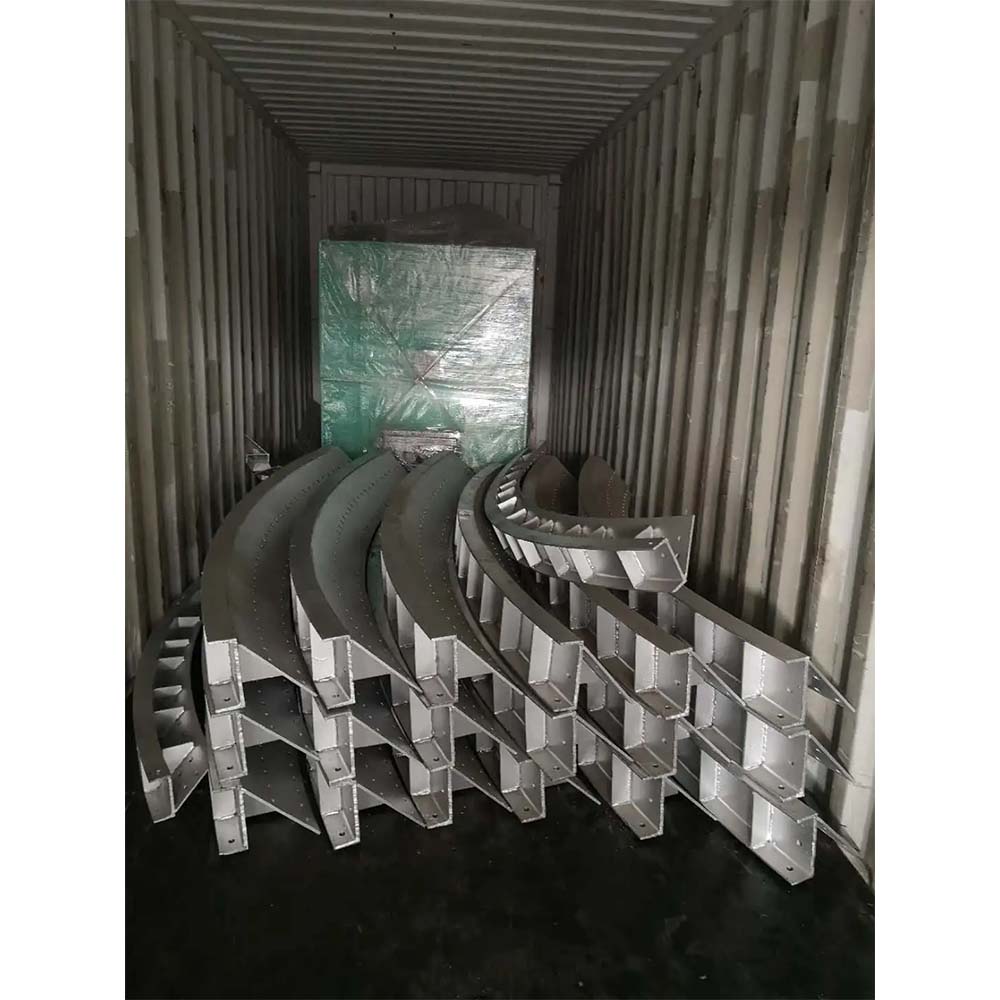Efficient Feed Pellet Making Machine for Livestock and Poultry Production
Nov . 10, 2024 19:47 Back to list
Efficient Feed Pellet Making Machine for Livestock and Poultry Production
The Importance of Feed Pellet Maker Machines in Modern Animal Nutrition
In recent years, the agricultural industry has witnessed significant advancements in technology, particularly in the production and formulation of animal feed. One prominent piece of machinery that has revolutionized this sector is the feed pellet maker machine. These machines are designed to process various types of raw materials and convert them into high-quality pellets, which are crucial for the livestock and aquaculture industries. This article explores the benefits, working mechanism, and importance of feed pellet maker machines in modern animal nutrition.
Understanding Feed Pellet Maker Machines
A feed pellet maker machine is a type of machinery used to produce pelletized animal feed from raw ingredients such as grains, forage, and additives. The process of pelleting involves grinding the raw materials, mixing them with water and other supplements, and then applying heat and pressure to form uniform pellets. These pellets vary in size and density, which can be tailored according to specific animal requirements.
The Benefits of Feed Pellets
1. Improved Nutritional Value One of the significant benefits of using feed pellets is the enhanced nutritional value. Pelletizing feed improves the digestibility of the ingredients, allowing animals to extract more nutrients. The heat and pressure involved in the pelleting process can also destroy anti-nutritional factors, making the feed safer and more beneficial for animal consumption.
2. Reduced Feed Wastage Feed pellets are more compact and less susceptible to spoilage compared to loose feed. This reduction in waste not only conserves resources but also leads to cost savings for farmers. With feed pellets, animals are less likely to sort through their food and waste higher-quality ingredients.
3. Efficient Feeding Pellets facilitate more efficient feeding practices. Farmers can easily measure out portions, ensuring that livestock receive the right amount of feed. This precision reduces overfeeding and underfeeding, contributing to better growth rates and overall health in animals.
4. Convenient Storage and Transportation Pelletized feed is easier to store and transport due to its compact size and uniformity. Farmers can stockpile pellets without risking spoilage, making it convenient for long-term storage and reducing the frequency of feed purchases.
feed pellet maker machine

The Working Mechanism of Feed Pellet Maker Machines
The operation of a feed pellet maker machine involves several key steps
1. Raw Material Preparation The first step is to prepare the raw materials, which includes grinding and mixing various ingredients to achieve a homogenous blend.
2. Conditioning After mixing, the feed is conditioned, where steam or water is added to increase moisture content and temperature. This step improves the flowability of the material and activates the binding agents, essential for pellet formation.
3. Pelleting The conditioned feed is then fed into the pellet mill, where it passes through a die. As it is forced through the die holes, the material is compressed into pellets. The size and thickness of the pellets can be adjusted by changing the die used in the process.
4. Cooling and Drying Once the pellets are formed, they are heated and soft. They need to be cooled to harden and to reduce moisture content, ensuring they can be stored safely.
5. Packaging Finally, the feed pellets are packaged for distribution. This last step is crucial for maintaining the quality and integrity of the feed until it reaches the end user.
Conclusion
The feed pellet maker machine plays a pivotal role in enhancing animal nutrition, efficiency in feed production, and overall management of livestock operations. With the increasing demand for high-quality animal products, these machines are more relevant than ever. By ensuring that animals receive balanced nutrition in an efficient manner, feed pellet machines contribute significantly to the sustainability and profitability of modern farming practices. As technology continues to advance, the future looks promising for feed pelleting, offering even more innovative solutions for animal nutrition.
-
High Performance Exhaust Fan – Efficient Ventilation Solutions for Home
NewsJun.10,2025
-
High-Quality Gestation Pen for Sows Durable Mobile Pig Pen & Simple Pig Pen Solutions
NewsJun.10,2025
-
High Quality Rabbit Cage Double Tier Designs & Welded Wire Mesh Supplier
NewsJun.10,2025
-
Floating Fish Feed Machine - High Efficiency Floating Fish Feed Extruder for Small Scale Production
NewsJun.10,2025
-
Premium Poultry Housing Solutions Mobile & Commercial Free Range Options
NewsJun.10,2025
-
Industrial FRP Fans Corrosion-Resistant Blades & Centrifugal Systems
NewsJun.09,2025






